|
GREAT SMOKY MOUNTAINS National Park |
 |
Annual Spring Wildflower Pilgrimage
During the last weekend in April, when the variety of spring wildflowers is near its peak, a special event draws large numbers of nature enthusiasts to Great Smoky Mountains National Park. This, the annual Spring Wildflower Pilgrimage, features hiking trips, nature walks, photographic tours, bird-watching, and illustrated talks. Botanists from various colleges in the southern Appalachian region assist the park naturalists in leading groups of visitors over park trails, the accent being on getting acquainted with wildflowers. As many as 200 species of plants have been observed in bloom during the 3 days of the pilgrimage. This event serves as an introduction to the naturalist program in the park, which begins May 1 and continues for 6 months. Information relating to the current Spring Wildflower Pilgrimage may be obtained during March and April from the Chamber of Commerce, Gatlinburg, Tenn.
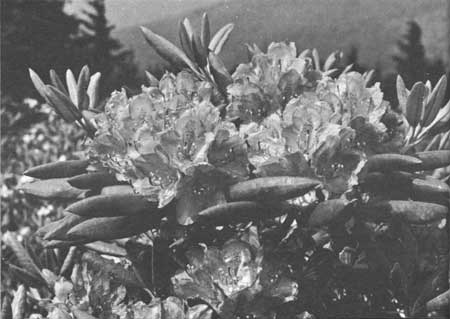 The evergreen leaves of this catawba rhododendron are wider and not as sharply pointed as the leaves of the rosebay or great white rhododendron. Temperatures as low as 20° below zero have been recorded in places where these shrubs grow. Courtesy, Tennessee Conservation Department. |
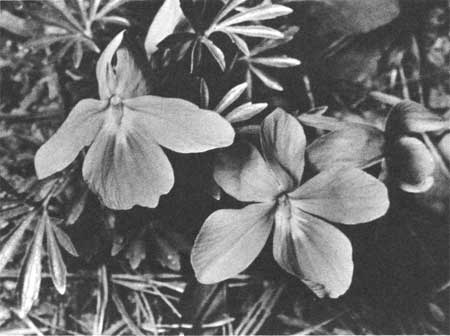 The birdsfoot violet has the largest flowers of all violets in the park. Courtesy, H. Lou Gibson. |
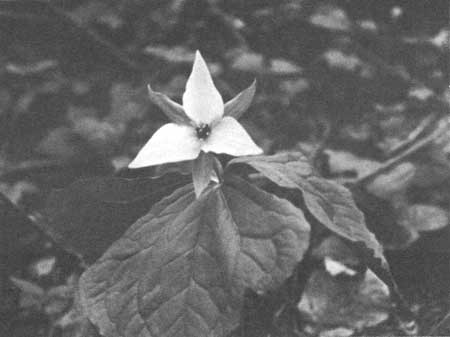 Three petals, three sepals, and three leaves = trillium. This is the erect white species whose local name is "Stinking Willy." |
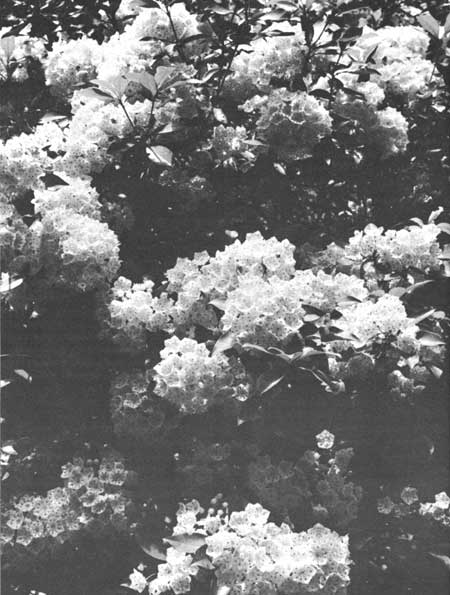 Mountain-laurel is known as "ivy" by some of the local residents. During most years it bears white or pink flowers from middle May to middle June. Courtesy, Tennessee Conservation Department. |
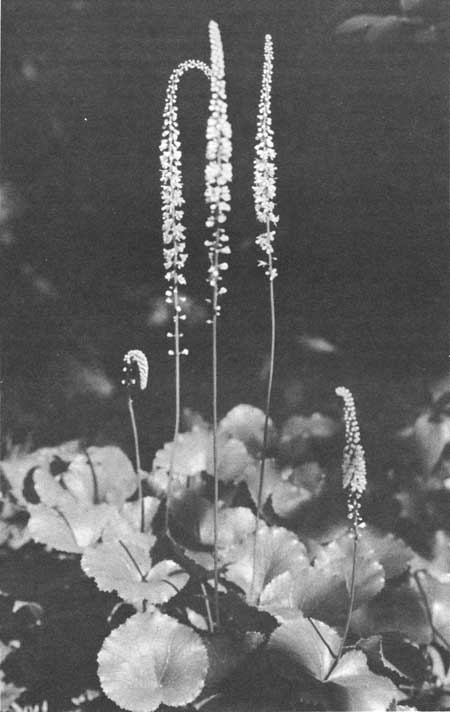 Flowers of the galax appear in the middle of late spring. The thick leathery leaves may become reddish and purplish in late autmn and winter. Courtesy, Thompson Photography, Inc. |
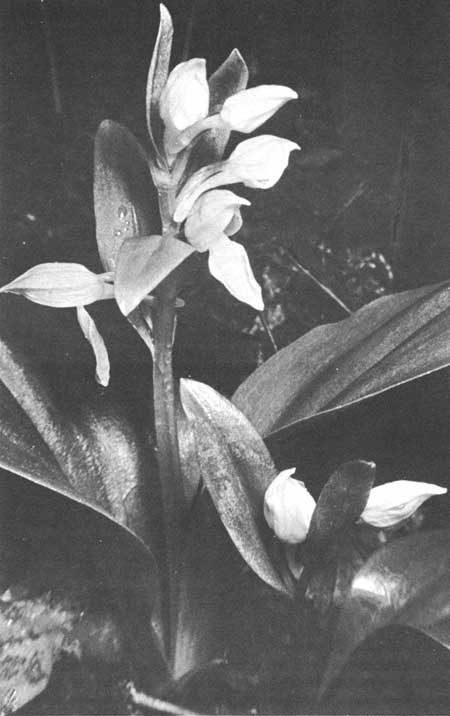 The showy orchis is one of the 29 species of native orchids in the park. In woodlands, where it occurs, the flowers appear in late April and early May. Courtesy, H. Lou Gibson. |
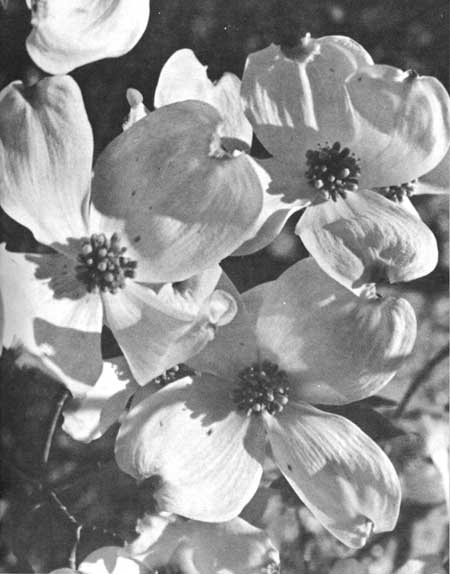 What some people regard as a single dogwood flower is actually a bouquet in the center of four chalky-white bracts. In the park, this common small tree is usually at its height of bloom from middle to late April. Courtesy, Tennessee Conservation Department. |
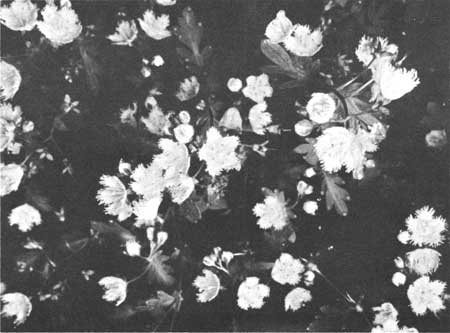 Petals of the fringed phacelia, a member of the waterleaf family, are usually white; but pale-pink, blue, and lavender shades are not uncommon. Courtesy, H. Lou Gibson. |
 The flowers of yellowwood appear in May. This tree is rare and local throughout its range. |

|

|
| NPS History | History & Culture | National Park Service | Contact |
|
Last Modified: Sat, Nov 4 2006 10:00:00 pm PST |


